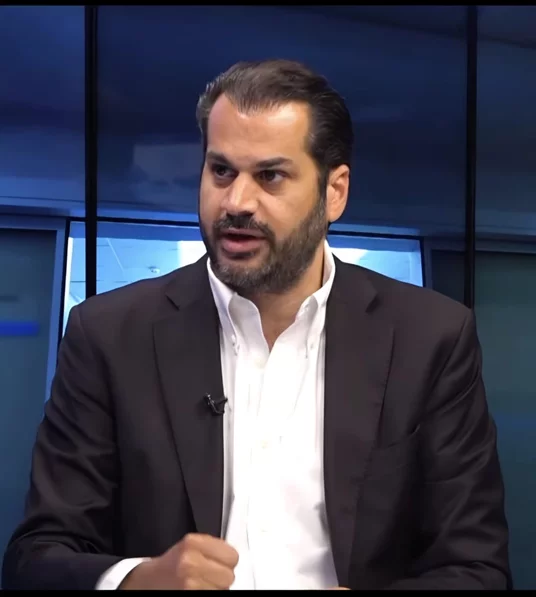Your Wi-Fi is slowing down, but why? With so many wireless devices in our homes now, even little flaws can take a toll on performance. In this guide, we'll take a look at common issues, why your Wi-Fi might be slow, and how to solve them.
1. Too Many Devices (Internet of Things)
IP cameras, Google Home Minis, smart bulbs, smart plugs... our homes are increasingly filled with Internet of Things devices, each of which sits on the Wi-Fi network with its own IP address.
While your average light bulb isn't going to send or receive a large amount of data, older routers simply weren't designed to handle that many registered Wi-Fi devices at once. Past a certain point, you'll start experiencing dropouts. Having too many devices on the Wi-Fi will slow it down.
2. Wireless Network Range and Signal Penetration
Where you place your Wi-Fi router is the single most important factor affecting the speed of your home Wi-Fi.
3. Too Many Users
Your internet connection is only so fast, and that speed is shared with every other user in the house and all of their devices.
As well as the obvious things like computers, phones, and tablets, you'll also find Smart TVs, game consoles, media streaming sticks, smart home hubs–all of which may be sending or receiving information at a particular point in time.
You may be surfing the web on your tablet, while your Xbox is grabbing the latest DLC content, Windows is updating, and the set-top box is streaming an on-demand movie.
All these activities consume a little of your total available bandwidth. And it's not just when you're actively using them: updates can occur silently in the background.
4. Old Network Cables
If your computer is plugged directly into your router, or if you're lucky enough to have Ethernet cabling throughout the house, it's worth checking the cabling.
While electrical cabling might last for 50 years or more, network cabling has undergone several important upgrades that affect the speed it can carry data.
5. You're Using Powerline or Wi-Fi Extenders
Many people think that an easy solution to Wi-Fi woes is to buy an extender: a little box that plugs into your power socket and repeats the Wi-Fi signal to another part of the house. Some even use Powerline technology adapters that allow you to send network signals through power outlets.
But in my experience, these devices fail to tackle the root of the problem, and often just make things worse by adding interference.
6. Your Wi-Fi Channel Is Heavily Congested
For those in urban areas, particular apartment blocks, you may be surrounded by hundreds of Wi-Fi networks. Unfortunately, they all take a little of the available frequency bandwidth.
7. Your ISP's DNS Server Is Slow
Regardless of what internet package you're paying for, they all use a domain name system (DNS). DNS is used every time you type a web address into your browser: it's like a phonebook that translates between the human-readable web domain, and the physical IP of the server it's located on. By default, you're using the DNS server provided by your ISP, but it's often slow and unreliable.
8. Your ISP May Be Throttling You
t's unlikely unless you're a heavy user, but many ISPs will deliberately slow down your internet if it detects usage of filesharing applications or once you reach a certain threshold. This is more common on mobile data connections than home broadband but does still happen.
9. Problematic Devices or Wireless Clients
If you're getting this error on your router, you may have a device plugged in that's acting up, either by broadcasting too many times or causing a race condition to occur in the router. It can often bring your entire network down, but looks like a normal case of internet outage.
Solution: Unplug devices and turn off wireless clients until you find the culprit, then contact the manufacturer for assistance.







.webp)

















